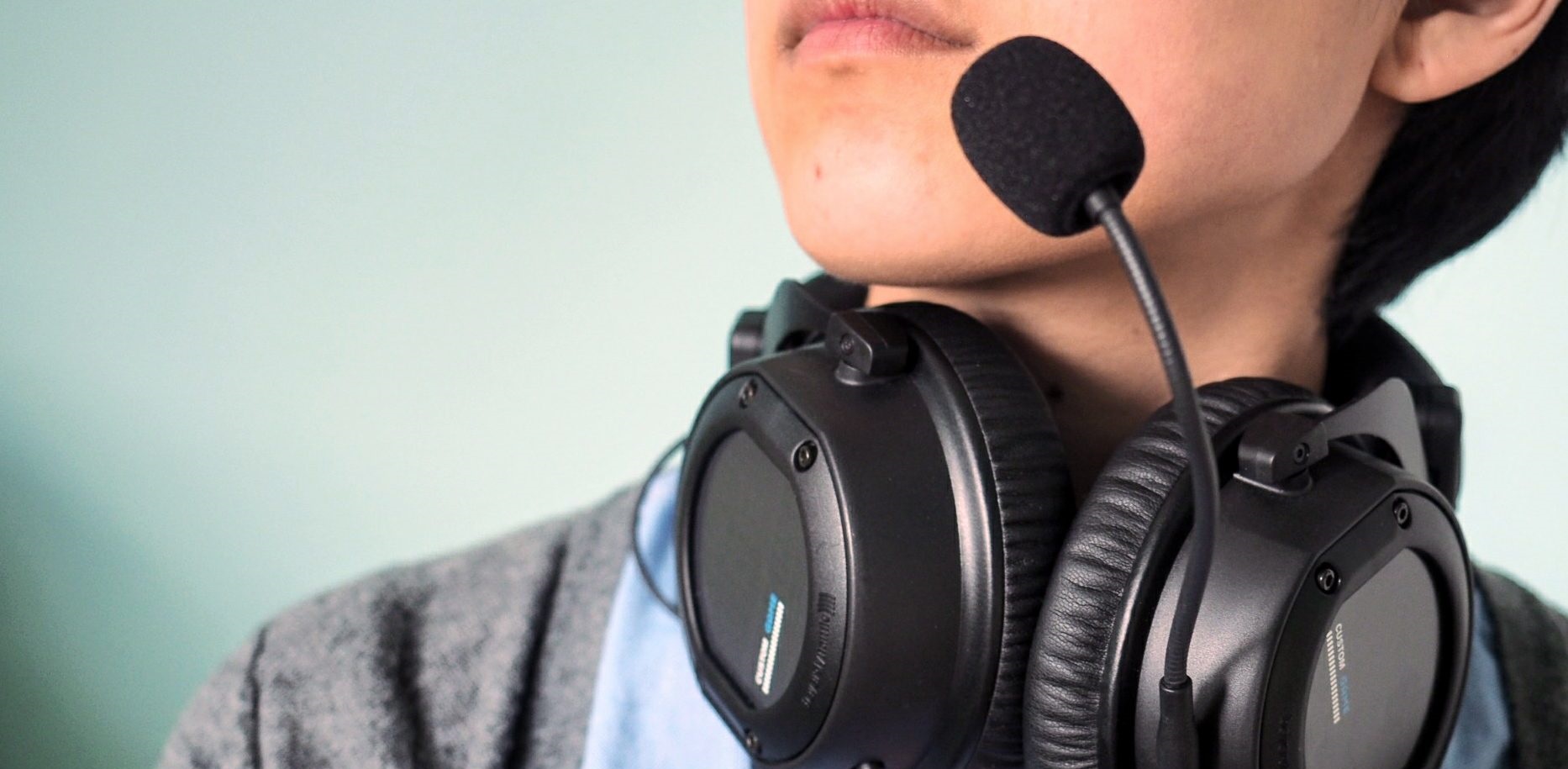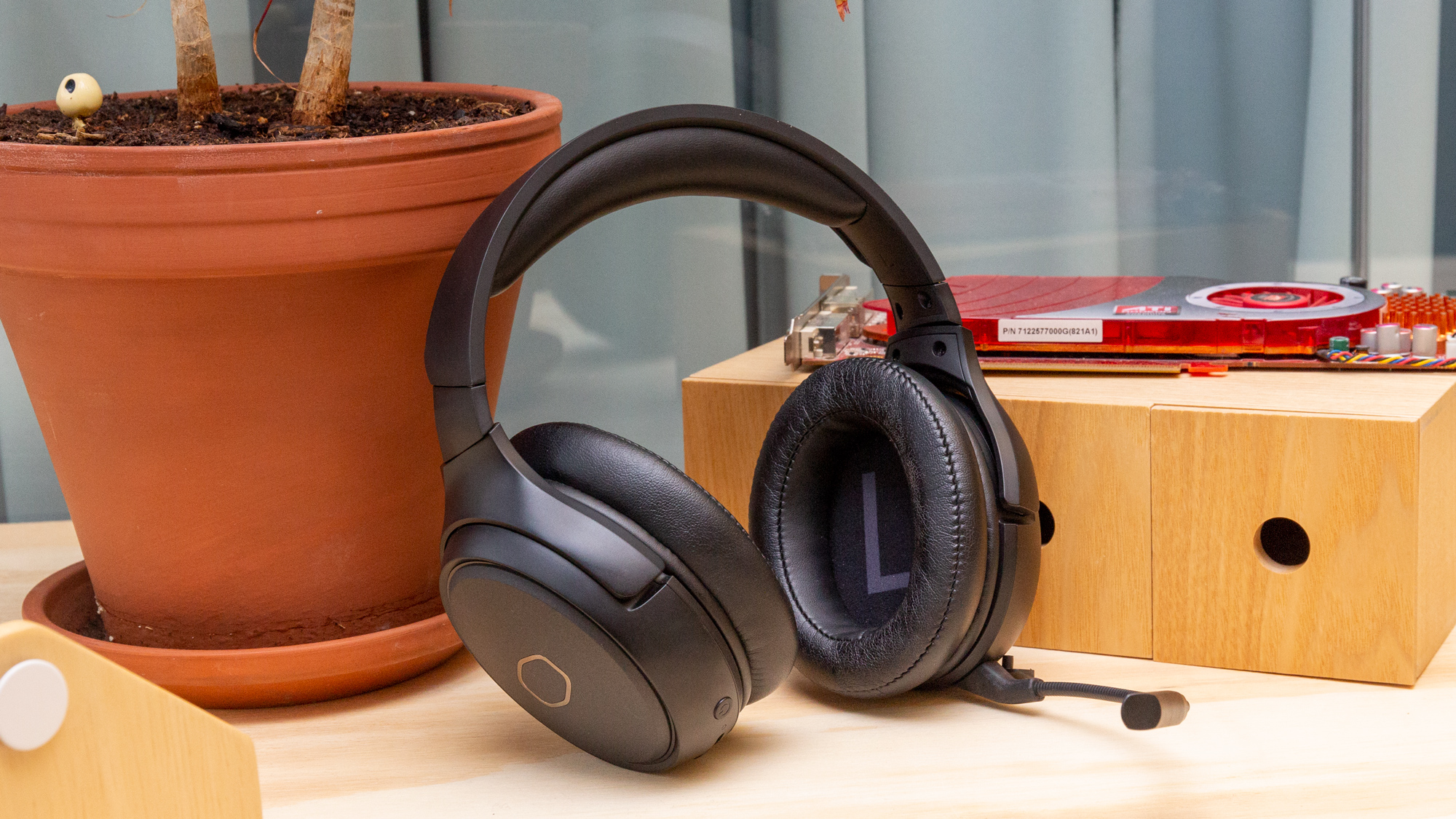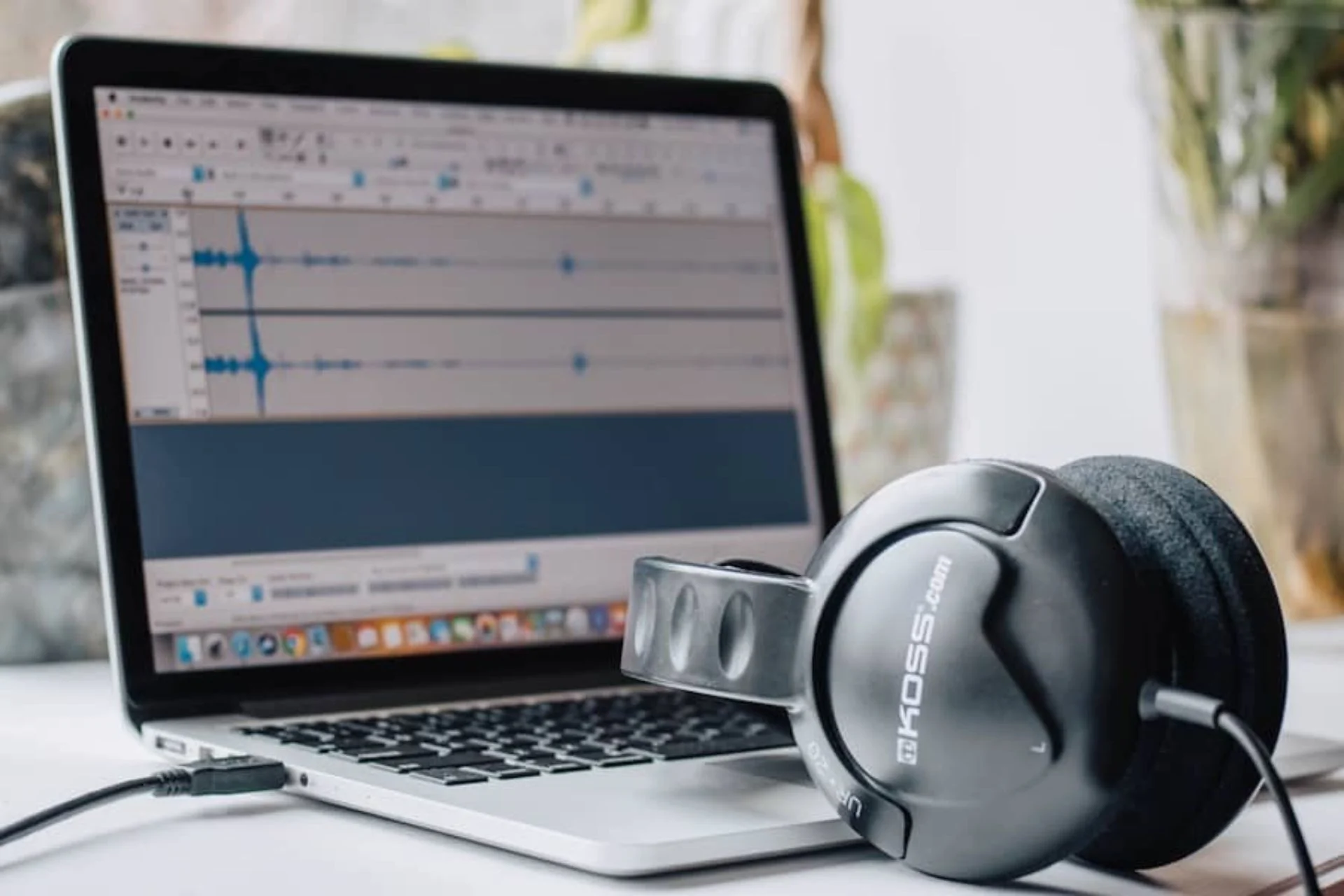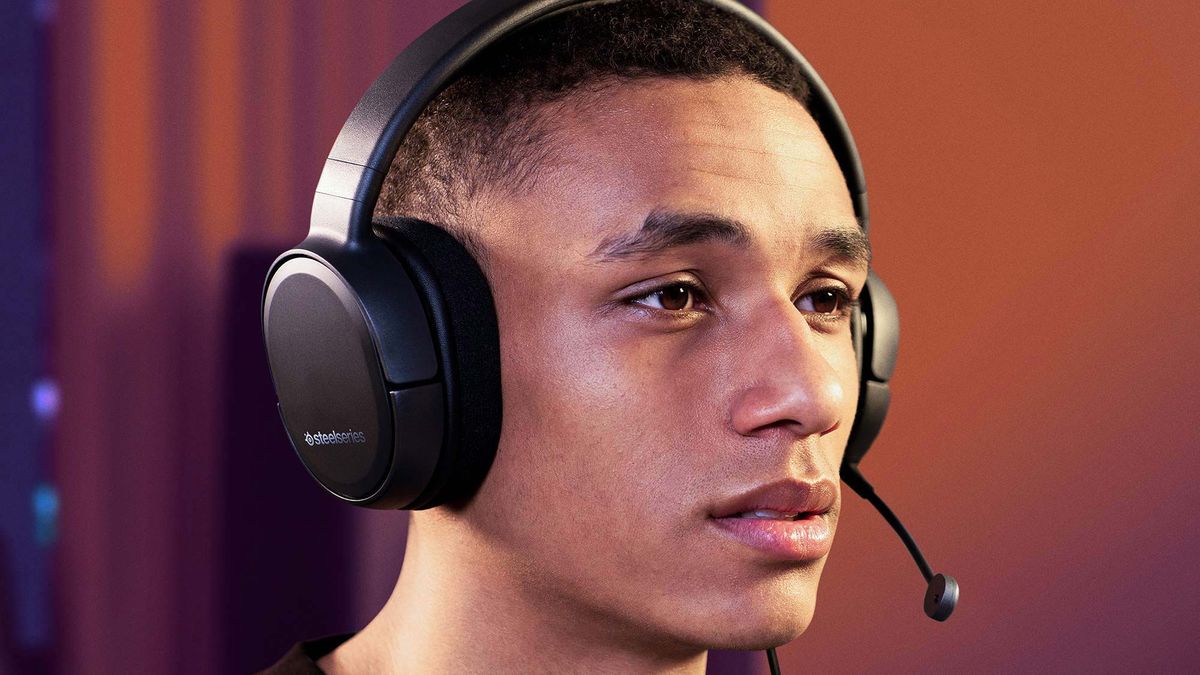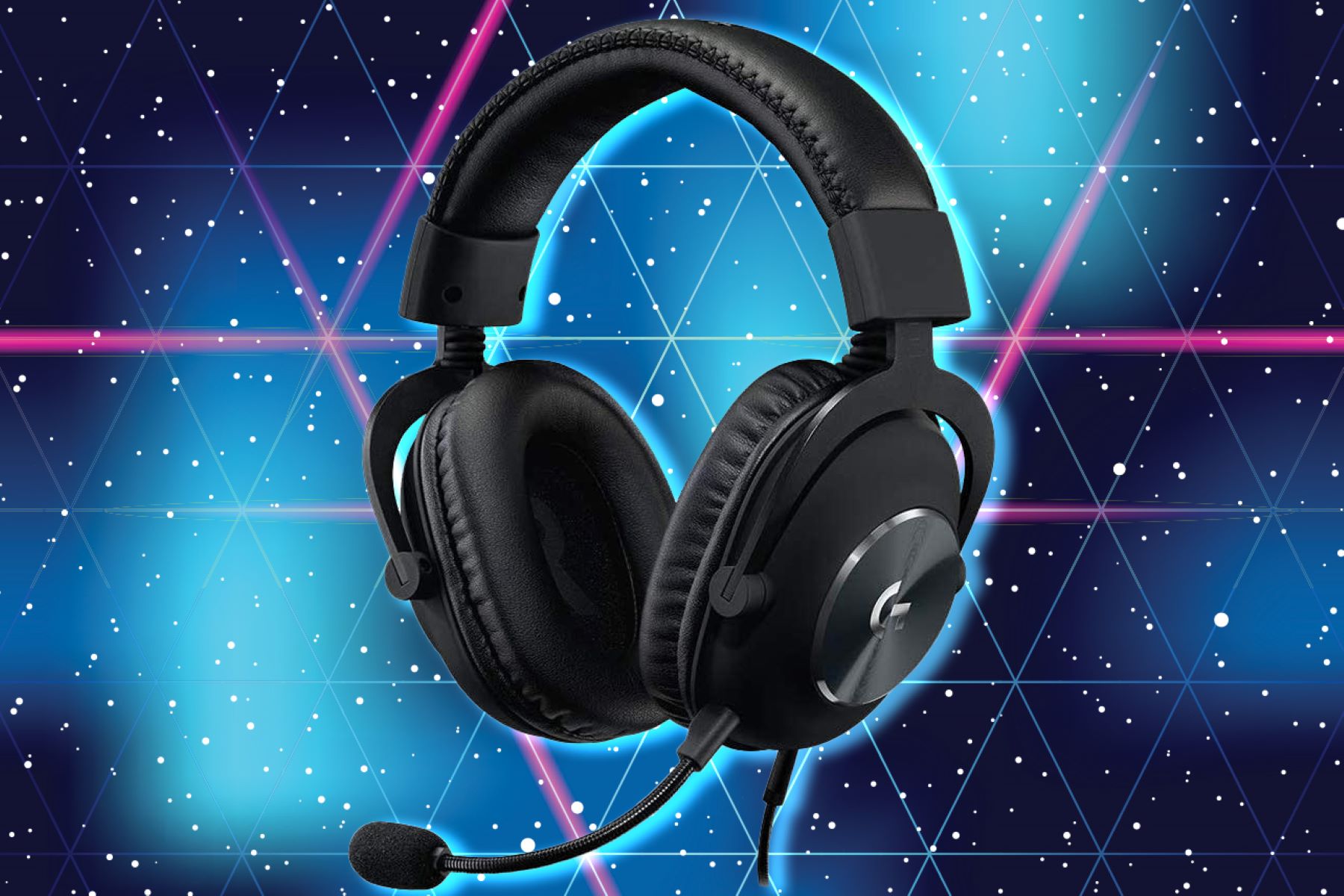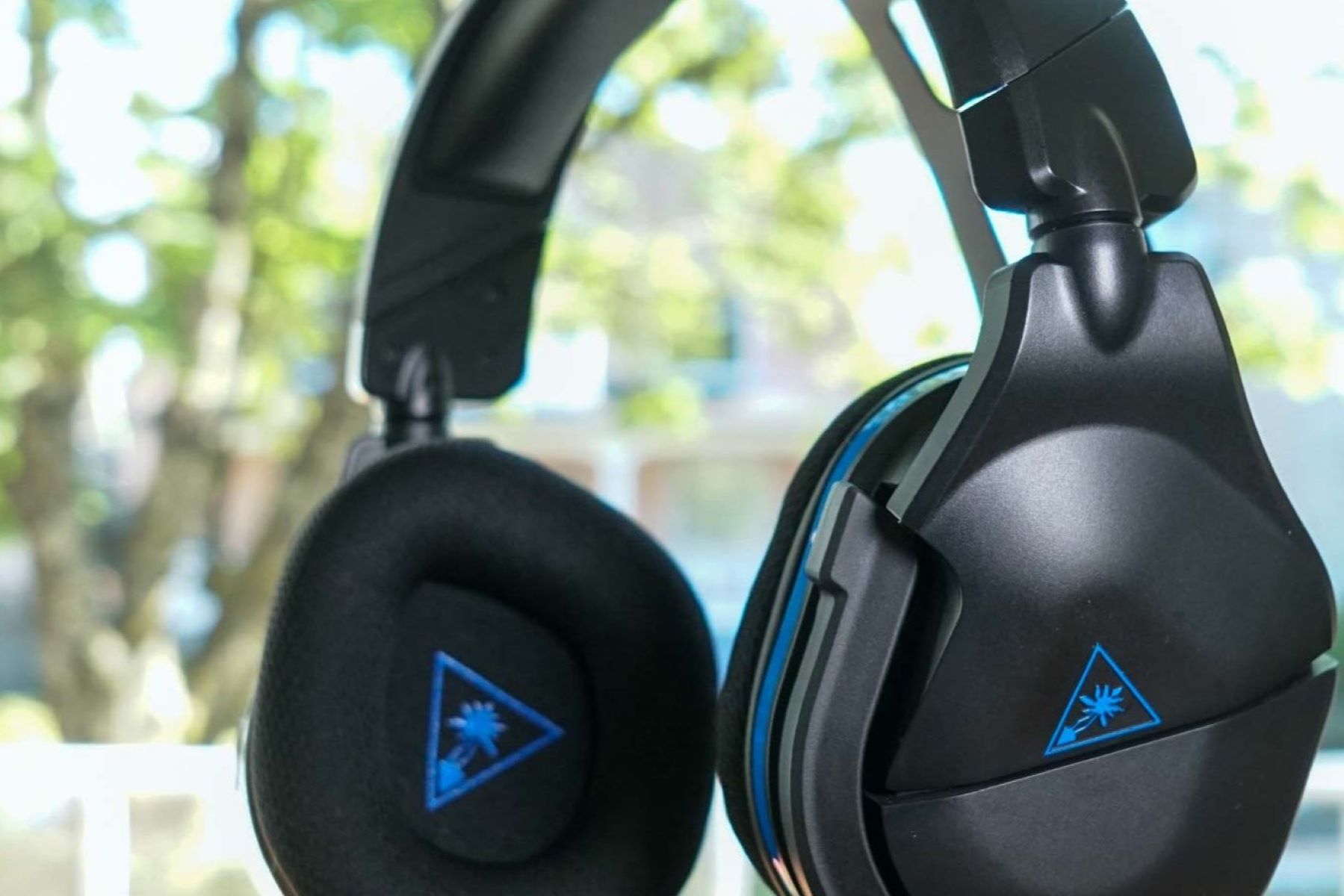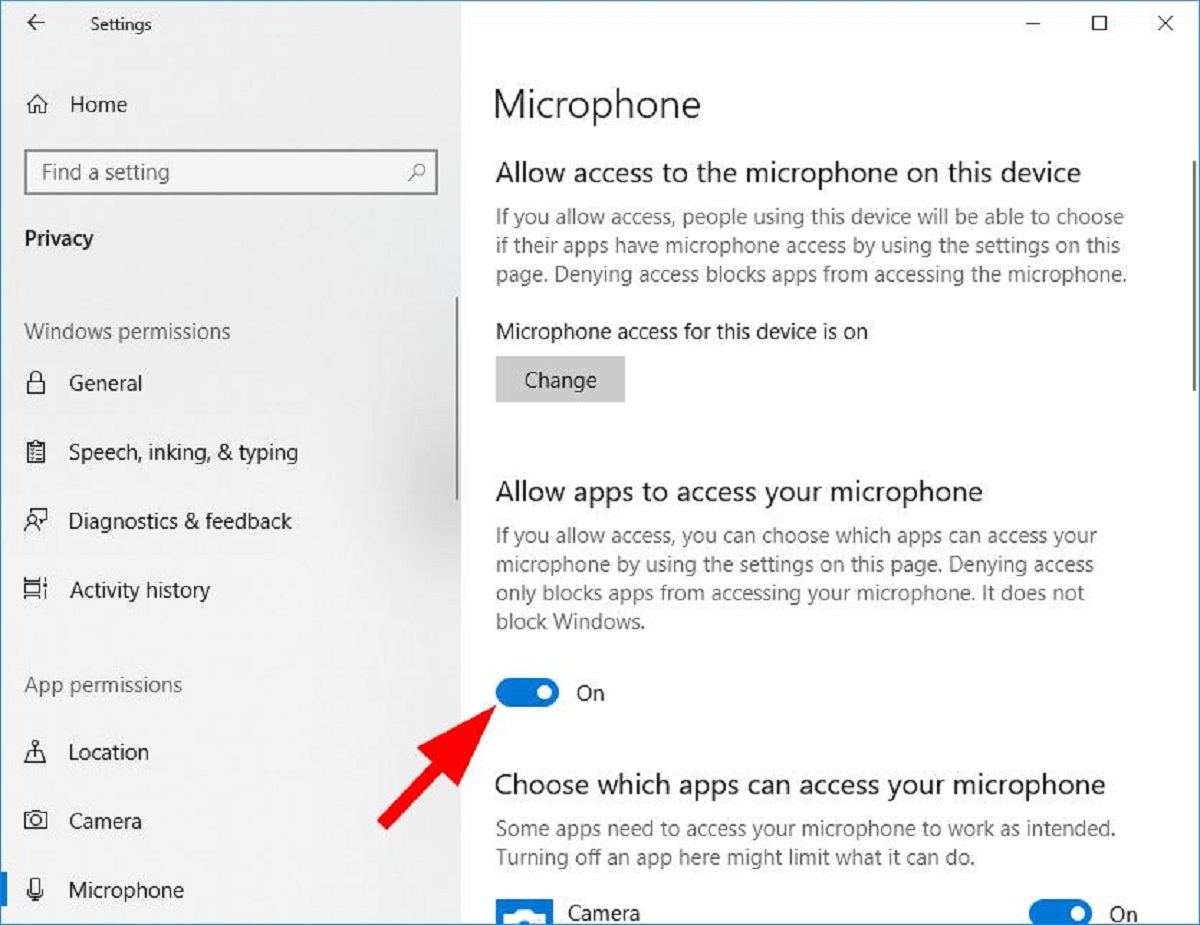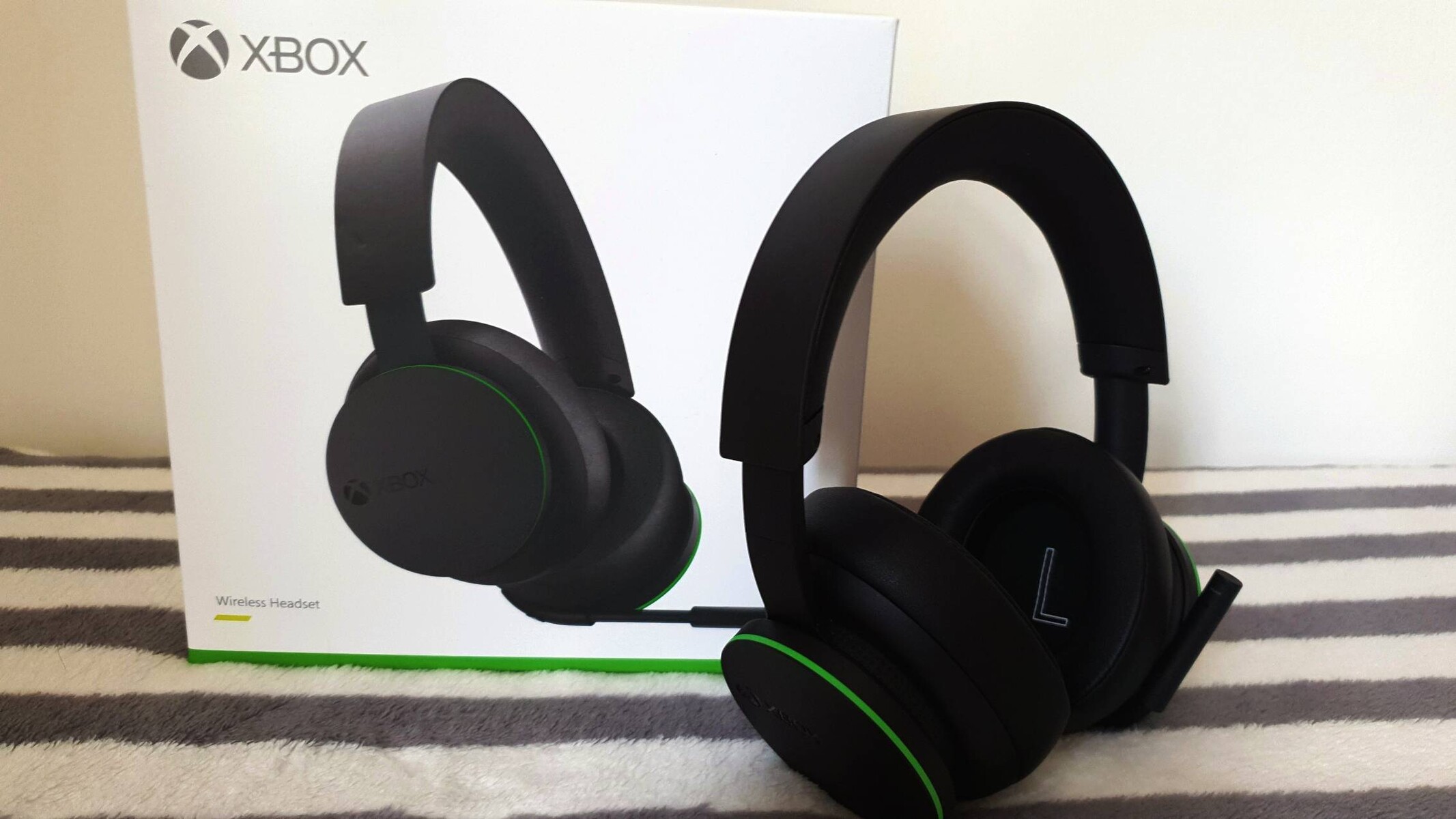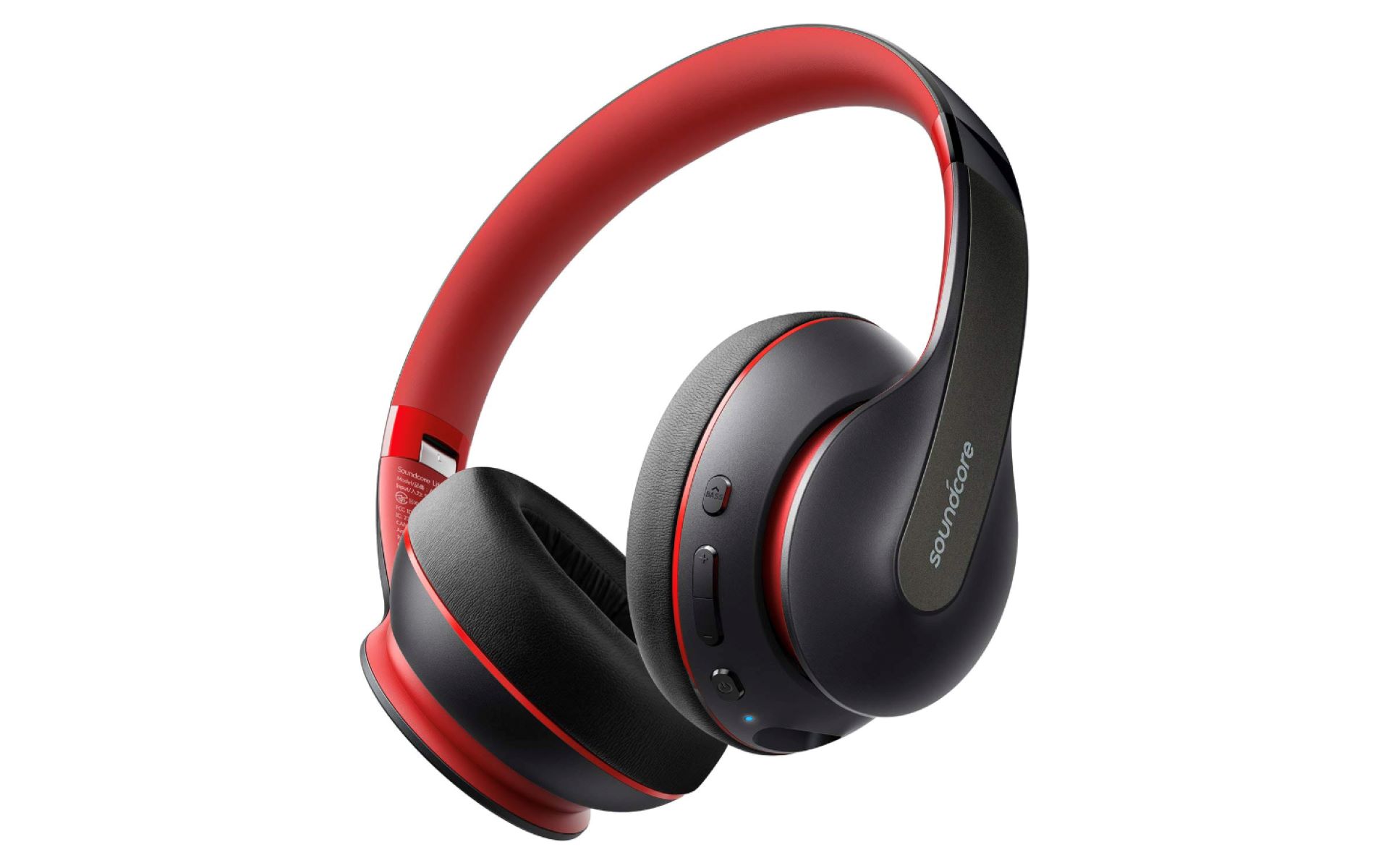Introduction
Wearing a headset microphone properly is an essential skill for anyone who relies on clear and consistent audio communication. Whether you're a gamer, a remote worker, a content creator, or a public speaker, understanding the nuances of mic placement can significantly impact the quality of your voice transmission. By mastering the art of positioning your headset microphone, you can ensure that your voice is captured accurately, minimizing background noise and maximizing clarity.
In this comprehensive guide, we will delve into the intricacies of headset microphone placement, exploring the anatomy of a headset microphone, the optimal positioning of the microphone boom, and the adjustments needed to achieve both comfort and stability. Additionally, we will address common issues that may arise with microphone placement and provide troubleshooting tips to overcome these challenges.
By the end of this article, you will possess the knowledge and skills necessary to wear your headset microphone with confidence and precision, unlocking the full potential of your audio communication capabilities. So, let's embark on this journey to mic placement mastery and elevate the way you engage with your audience, teammates, or colleagues.
Understanding the Anatomy of a Headset Microphone
A headset microphone, also known as a head-worn microphone, is a compact and versatile audio device that combines a microphone and a pair of headphones into a single wearable unit. This integrated design allows for hands-free communication and audio monitoring, making it an invaluable tool in various settings, including gaming, telecommunication, broadcasting, and live performances.
The key components of a headset microphone include:
-
Microphone Boom: The microphone boom is a flexible arm that extends from one side of the headset, positioning the microphone capsule close to the user's mouth. This proximity ensures optimal voice capture while minimizing ambient noise and interference. The boom is often adjustable, allowing users to customize its position for their individual comfort and audio requirements.
-
Microphone Capsule: At the tip of the microphone boom lies the microphone capsule, which houses the sensitive components responsible for converting sound waves into electrical signals. The quality and design of the microphone capsule greatly influence the clarity and fidelity of the captured audio, making it a crucial element in headset microphone performance.
-
Headphones: In addition to the microphone, a headset microphone features a pair of headphones for audio output. These headphones enable the wearer to listen to incoming audio, whether it be a conversation, game audio, or music, while maintaining the convenience of a hands-free setup.
-
Headband or Ear Hook: The headset microphone is secured to the user's head through either a headband or an ear hook. The headband style offers stability and even weight distribution, while the ear hook design provides a lightweight and discreet alternative, ideal for active users.
Understanding the anatomy of a headset microphone is fundamental to mastering its usage. By familiarizing oneself with the key components and their functions, users can make informed decisions regarding microphone placement, adjustments, and maintenance. This knowledge forms the foundation for achieving optimal audio performance and comfort when wearing a headset microphone.
Proper Positioning of the Microphone Boom
Proper positioning of the microphone boom is crucial for maximizing the performance of a headset microphone. The microphone boom's placement directly impacts the clarity and intelligibility of the wearer's voice, making it essential to achieve an optimal position. Here's a detailed guide on how to position the microphone boom effectively:
1. Proximity to the Mouth
Position the microphone boom approximately one to two finger-widths away from the corner of your mouth. This distance allows the microphone to capture your voice clearly while minimizing breath and wind noise. Adjust the boom's angle to ensure that the microphone capsule is aligned with the corner of your mouth, maintaining consistent proximity throughout your speech.
2. Parallel Alignment
Ensure that the microphone boom is parallel to the ground when worn. This alignment prevents audio distortion caused by off-axis sound capture and ensures that the microphone captures your voice accurately. Additionally, a parallel microphone boom minimizes the pickup of unwanted background noise, enhancing the overall audio quality.
3. Avoid Obstructions
Be mindful of any obstructions that may interfere with the microphone's performance. Position the microphone boom away from facial hair, scarves, or other items that could obstruct the microphone capsule. Clearing the area around the microphone ensures unhindered sound capture and prevents muffled or distorted audio.
4. Test and Adjust
After positioning the microphone boom, conduct a brief audio test to assess the quality of the captured sound. Listen for clarity, volume, and any potential issues such as plosives or sibilance. If necessary, make minor adjustments to the boom's position to optimize the audio capture and ensure consistent performance.
5. Customization for Comfort
While adhering to the recommended positioning guidelines, it's important to prioritize comfort. Adjust the microphone boom to a position that feels natural and allows for unhindered movement and speech. Customizing the boom's position based on individual comfort preferences contributes to a seamless and enjoyable user experience.
Mastering the proper positioning of the microphone boom is a foundational step in optimizing the performance of a headset microphone. By following these guidelines and paying attention to the details of microphone placement, users can elevate the clarity and precision of their voice transmission, enhancing their overall audio communication experience.
Adjusting the Headset for Comfort and Stability
Achieving optimal comfort and stability when wearing a headset microphone is essential for prolonged use and uninterrupted communication. Proper adjustments ensure that the headset remains securely in place while minimizing discomfort or strain on the wearer. Here's a comprehensive guide on adjusting the headset for both comfort and stability:
1. Headband or Ear Hook Adjustment
Headband:
If your headset microphone features a headband design, adjust it to fit snugly over the top of your head. The headband should rest comfortably, distributing the weight of the headset evenly without exerting excessive pressure. Ensure that the headband is not too tight, as this can cause discomfort over time, nor too loose, as it may lead to instability during movement.
Ear Hook:
For ear hook-style headsets, adjust the ear hook to fit securely around your ear. The ear hook should provide a stable anchor for the microphone boom and headphones without causing discomfort or slippage. Verify that the ear hook maintains a secure grip without pressing too tightly against the ear, allowing for prolonged wear without discomfort.
2. Earcup Positioning
Position the earcups of the headset comfortably over your ears, ensuring a proper seal for optimal audio output and noise isolation. The earcups should encompass the ears without pressing too firmly, providing a balance between stability and comfort. Proper earcup positioning contributes to an immersive audio experience while minimizing audio leakage and external distractions.
3. Microphone Boom Flexibility
Take advantage of the microphone boom's flexibility to customize its position for both optimal audio capture and personal comfort. Adjust the boom's angle and extension to align the microphone capsule with your mouth while maintaining a natural and unobtrusive feel. The flexibility of the microphone boom allows for personalized adjustments that cater to individual preferences and speech patterns.
4. Strap or Clip Adjustment
If your headset microphone includes a strap or clip for additional stability, ensure it is adjusted to secure the cables and prevent them from tangling or becoming a hindrance during use. The strap or clip should be positioned to minimize cable movement and maintain a tidy and organized appearance, contributing to an overall streamlined and hassle-free experience.
5. Movement and Stability
Test the headset's stability by gently moving your head in different directions. The headset should remain securely in place without excessive shifting or discomfort. If necessary, make minor adjustments to the headband, ear hook, or microphone boom to enhance stability while accommodating natural head movements.
By meticulously adjusting the headset for comfort and stability, users can enjoy extended wear without experiencing discomfort or distraction. These personalized adjustments contribute to a seamless and immersive audio communication experience, allowing users to focus on their interactions without being hindered by the headset's fit or stability.
Troubleshooting Common Issues with Microphone Placement
Effective microphone placement is essential for achieving clear and consistent audio transmission. However, users may encounter common issues that can impact the performance of their headset microphone. By understanding these issues and implementing troubleshooting techniques, users can overcome challenges and optimize their microphone placement for an enhanced communication experience.
1. Muffled or Indistinct Sound
Troubleshooting Steps:
-
Microphone Boom Positioning: Check the position of the microphone boom, ensuring that it is correctly aligned with the corner of your mouth and is not obstructed by any objects or clothing. Adjust the boom to maintain an optimal distance from your mouth while avoiding blockages that may muffle the sound.
-
Microphone Sensitivity: Verify the microphone sensitivity settings on your device or audio interface. Adjust the sensitivity to ensure that the microphone captures your voice clearly without being overly sensitive to background noise.
2. Excessive Background Noise
Troubleshooting Steps:
-
Environmental Factors: Assess the surrounding environment for potential sources of background noise, such as fans, air conditioning units, or nearby conversations. Minimize these sources of noise or consider relocating to a quieter space for improved audio clarity.
-
Microphone Directionality: If your headset microphone features adjustable directionality, such as cardioid or noise-canceling modes, experiment with different settings to reduce the pickup of ambient noise while maintaining focus on your voice.
3. Inconsistent Audio Levels
Troubleshooting Steps:
-
Microphone Gain Adjustment: Check the microphone gain settings on your recording or communication software. Adjust the gain to achieve balanced and consistent audio levels, preventing sudden volume fluctuations or overly quiet speech.
-
Cable Interference: Ensure that the microphone cable is not tangled or positioned in a way that introduces interference. Straighten the cable and minimize contact with other electronic devices or sources of electromagnetic interference.
4. Unintelligible Speech Artifacts
Troubleshooting Steps:
-
Plosives and Sibilance: If your speech exhibits pronounced plosives (popping sounds) or sibilance (hissing sounds), consider using a pop filter or foam windscreen to mitigate these artifacts. Position the filter or windscreen between your mouth and the microphone to diffuse excessive air pressure and high-frequency sounds.
-
Microphone Capsule Maintenance: Inspect the microphone capsule for any debris or obstruction that may affect audio quality. Gently clean the capsule using a soft brush or cloth to remove any accumulated particles.
By addressing these common issues with microphone placement and implementing the corresponding troubleshooting steps, users can refine their headset microphone setup and mitigate potential challenges. These proactive measures contribute to a seamless and optimized audio communication experience, allowing users to convey their message with clarity and precision.
Conclusion
Mastering the art of wearing a headset microphone properly is a transformative skill that empowers individuals across various domains, from gaming and content creation to remote work and public speaking. Through a deep understanding of the headset microphone's anatomy and the nuances of microphone placement, users can elevate their audio communication capabilities and unlock the full potential of their headset microphone.
By comprehensively understanding the anatomy of a headset microphone, including its microphone boom, microphone capsule, headphones, and securing mechanism, users gain valuable insights into the functionality and design of this versatile audio device. This foundational knowledge forms the basis for informed decision-making regarding microphone placement, adjustments, and maintenance, setting the stage for optimized audio performance and user comfort.
Proper positioning of the microphone boom emerges as a critical focal point in achieving exceptional audio capture and clarity. By adhering to guidelines that emphasize proximity to the mouth, parallel alignment, and the avoidance of obstructions, users can ensure that their voice is accurately transmitted while minimizing unwanted noise and distortion. The customization of the microphone boom's position based on individual comfort preferences further enhances the user experience, fostering a seamless and natural interaction with the headset microphone.
In addition, the meticulous adjustment of the headset for comfort and stability plays a pivotal role in enabling prolonged wear without discomfort or distraction. Whether it involves adjusting the headband or ear hook, positioning the earcups, or customizing the microphone boom's flexibility, these personalized adjustments contribute to an immersive audio communication experience, allowing users to focus on their interactions without being hindered by the headset's fit or stability.
Furthermore, the ability to troubleshoot common issues with microphone placement empowers users to overcome challenges such as muffled sound, excessive background noise, inconsistent audio levels, and speech artifacts. By implementing targeted troubleshooting steps, users can refine their headset microphone setup, mitigate potential challenges, and achieve a seamless and optimized audio communication experience.
In conclusion, the mastery of wearing a headset microphone properly transcends mere technical proficiency; it embodies the fusion of technical knowledge, user-centric adjustments, and troubleshooting acumen. By embracing these principles, individuals can harness the full potential of their headset microphone, amplifying their voice with clarity and precision across diverse communication scenarios. This mastery not only enhances individual experiences but also enriches the interactions and engagements of those who rely on clear and compelling audio communication.







